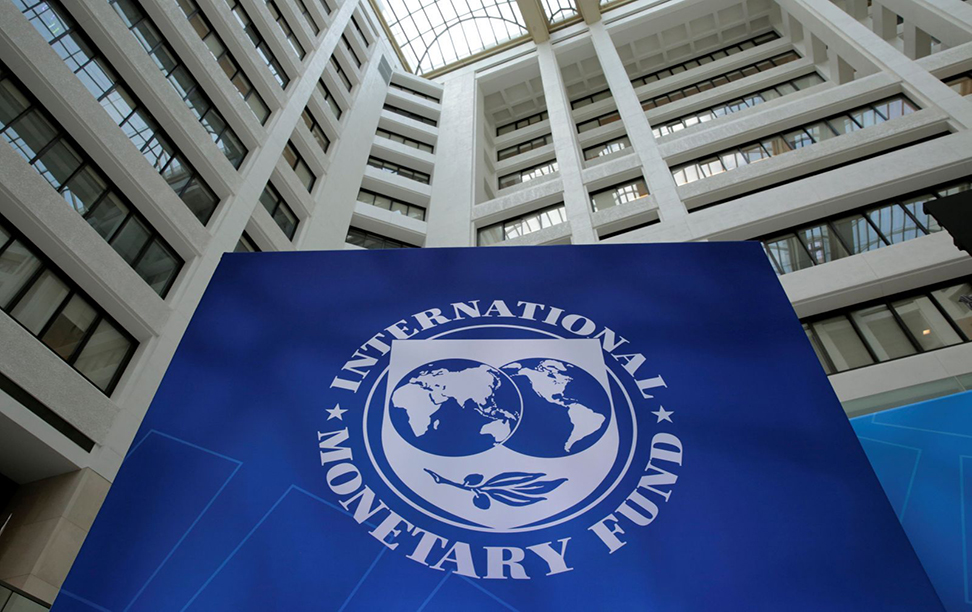Pakistan's declining foreign exchange reserves and widening current account deficit are adding to the country's external financing risks. Further and considerable policy efforts would be required to stabilise the external position, and a new government has limited time to act after the 25 July elections, as external debt obligations will pick up more rapidly in 2019, says Fitch Ratings.
The monetary authorities have taken some steps in recent months to address the deterioration in the external position. The State Bank of Pakistan has increased its policy rate twice, by a cumulative 75bp, since mid-January to cool domestic demand. It has also introduced greater flexibility in the heavily managed rupee by allowing three separate step depreciations since mid-December 2017, of a cumulative 13% against the US dollar.
These policies have eased some pressure on reserves and may eventually support a narrowing of the current account deficit, but their magnitude so far has not been sufficient to prevent external finances deteriorating more sharply than we expected when we placed Pakistan's sovereign rating of 'B' on Negative Outlook in January. We now project the current account deficit to reach 5.3% of GDP in the fiscal year ended June 2018 (FY18), compared with 4.7% previously. Export performance has improved, but imports have risen on higher oil prices and strong household demand. Loose fiscal policy has added to imbalances. The fiscal deficit is likely to rise to around 6% of GDP in FY18, compared to our January forecast of 5.0%, and the government is becoming increasingly reliant on external borrowing – particularly from Chinese policy banks.
Meanwhile, the steeper-than-expected decline in foreign reserves leaves a limited buffer in the event of problems accessing international markets or bilateral lending. China's continued willingness to provide financing through bilateral and policy-bank lending and likely inflows from the tax amnesty scheme limit near-term risks, as could market expectations of an eventual IMF agreement. Nevertheless, Pakistan's cost of external market financing has risen in recent months, with yields on the government's November 2017 10-year Eurobond up more than 200bp since issuance. The cost could increase further amid continued global monetary tightening and rising geopolitical pressures. Vulnerabilities could be tested as rising debt-servicing payments start to add to external funding requirements from 2019.
Reserves Falling Steeply
A significant policy shift to stabilise external finances is still possible following the general elections, when a newly elected government may have more political leeway to implement measures that are likely to slow the economy. In January we noted that the upcoming elections were likely to constrain the government's ability to address external problems convincingly in the near term. The PML-N led government passed an FY19 budget in early June, which lays out a consolidation plan and tax reform, although similar consolidation targets have been missed in recent years. Opposition parties have also emphasised the need to reduce the budget deficit.
We expect the authorities to explore financing options after the elections when, for example, an agreement with the IMF might become more viable. Pakistan's last three-year IMF programme, which began in September 2016, supported a recovery in foreign reserves and was marked by a shift to macroeconomic policy more focused on stability.
Economic growth has been robust over the past year, and we expect the economy to expand by 5.5% in FY18. However, we have revised down our FY19 growth estimate to 5.0%, from 5.5% in the January review, to reflect the likely impact of further tightening measures to alleviate external imbalances.
21897








